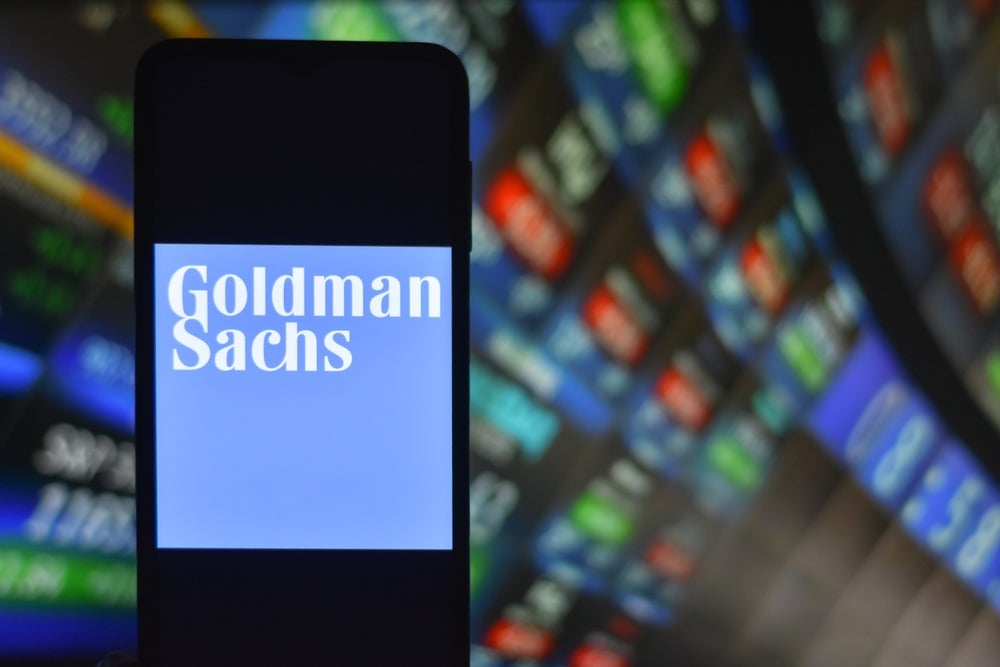Auto Industry Under Pressure: Tariffs and Demand Shifts Threaten Ford, Tesla, and Rivian
The U.S. automotive industry faces mounting challenges as rising tariffs and softening consumer demand squeeze major players like Ford, Tesla, and Rivian. Goldman Sachs recently warned of potential profit declines, citing economic headwinds and shifting market dynamics. With global trade tensions escalating and EV adoption slowing, automakers must adapt quickly to survive this turbulent phase.
Goldman Sachs Sounds the Alarm on Auto Tariffs
Investment bank Goldman Sachs highlighted auto tariffs as a critical risk in its latest sector analysis. Proposed increases on Chinese electric vehicles (EVs) could reach 100%, while Europe considers similar measures. “Tariffs may protect domestic manufacturers short-term but could backfire by raising production costs across the board,” said automotive analyst Rebecca Chen. The Biden administration’s 2024 tariff adjustments already added 25% duties on Chinese EVs and batteries.
Key impacts of tariff escalation:
- Ford’s EV unit could lose $3 billion annually if battery costs rise
- Tesla’s Shanghai-made Model 3 might face 50% higher U.S. import fees
- Rivian’s supplier network vulnerability increases with trade restrictions
Consumer Demand Shifts Create Perfect Storm
Simultaneously, U.S. auto sales growth slowed to 2.4% in Q2 2024, down from 5.1% last year. EV demand shows particular weakness, with dealership inventories swelling to 114 days’ supply—nearly triple the industry standard. “We’re seeing affordability concerns trump environmental enthusiasm,” noted J.D. Power’s Michael Roberts. High interest rates and persistent inflation have pushed average new car payments to $735 monthly, pricing out many buyers.
The demand crunch hits manufacturers unevenly:
- Tesla deliveries dropped 8% year-over-year in Q2
- Ford’s F-150 Lightning production cut by 40%
- Rivian postponed its Georgia plant expansion indefinitely
How Automakers Are Responding to Market Pressures
Industry leaders are deploying multiple strategies to navigate these challenges. Ford announced a renewed focus on hybrids as EV sales falter, while Tesla slashed prices for the sixth time this year. “We’re seeing a fundamental recalibration,” said AutoTrends Consulting’s Lisa Park. “Companies that diversified their powertrain options are weathering this transition better than pure-play EV makers.”
Strategic Pivots Across the Industry
Several tactical shifts emerged in recent weeks:
- Tesla accelerated development of its $25,000 compact car
- Ford secured new lithium supply deals to reduce tariff impacts
- Rivian partnered with Mercedes to share commercial van production costs
Meanwhile, traditional automakers leverage their ICE (internal combustion engine) profits to subsidize EV development. GM and Stellantis both reported strong truck sales offsetting EV losses. However, this balancing act grows precarious as emissions regulations tighten globally.
The Global Ripple Effects of U.S. Auto Market Changes
America’s automotive struggles mirror international trends. China’s BYD posted its first quarterly profit drop in three years, while Volkswagen cut its 2024 delivery forecast. The EU’s proposed 20% tariff on Chinese EVs begins July 2024, potentially reshaping trade flows. “We’re entering a period of regionalization,” observed BloombergNEF’s Corey Cantor. “Every major market is building protective walls while trying to grow exports.”
Supply Chain Realignments Accelerate
Manufacturers rapidly restructure supply chains to mitigate tariff impacts:
- Tesla expanding Berlin factory capacity by 25%
- Ford building LFP battery plant in Michigan with Chinese tech transfer
- South Korean battery makers opening U.S. facilities to qualify for IRA credits
These moves come as the Inflation Reduction Act’s domestic content requirements phase in. Starting in 2025, vehicles must source 60% of battery components from North America to qualify for full tax credits—a steep climb for many automakers.
What’s Next for the Automotive Industry?
The coming months will test automakers’ adaptability as economic pressures mount. Industry watchers predict consolidation, with weaker EV startups potentially becoming acquisition targets. “The shakeout has begun,” warned Morgan Stanley’s Adam Jonas. “By 2026, we could see half of today’s EV brands disappear through mergers or failures.”
Key developments to monitor:
- Federal Reserve interest rate decisions impacting auto loans
- November election’s potential tariff policy shifts
- Breakthroughs in solid-state battery technology
For consumers, this turmoil may bring both challenges and opportunities. While trade wars could raise prices, manufacturers’ desperation to move inventory may yield unexpected discounts. Those considering a new vehicle purchase should research incentives carefully and consider timing their buy during end-of-quarter sales pushes.
As the auto industry crosses this difficult terrain, one truth becomes clear: The companies that survive will be those that balance innovation with financial discipline. The road ahead remains uncertain, but the race to adapt has already begun.
See more Business Focus Insider Team

